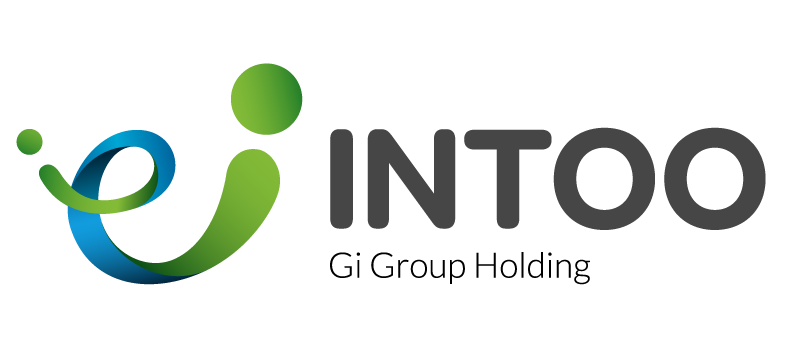Career mapping is gaining traction for a reason—it’s a powerful strategy for building an agile, motivated, and future-ready workforce. By providing employees with clearly defined paths for advancement and skill development, organizations can foster a culture of growth, employee engagement, and loyalty.
For HR leaders, managers, and executives, understanding and leveraging career mapping is essential to align talent strategy with organizational goals and employee aspirations.
What Is Career Mapping?
Career mapping is the structured process of outlining multiple career trajectories within an organization, detailing the skills, experiences, and qualifications required for progression at each stage.
Unlike traditional, linear career pathing, career mapping offers a holistic, transparent framework that empowers employees to explore upward, lateral, or even cross-functional moves, all while aligning their personal ambitions with business needs.
Why Is Career Mapping Important?
Organizations engage in career mapping as a strategic tool to align workforce capabilities with business objectives, ensure organizational agility, and foster a culture of growth and retention. Here’s a detailed look at why career mapping matters for both organizations and employees:
Why organizations use career mapping
- Identifying critical roles and skills gaps: Career mapping enables organizations to clarify which roles are essential for current and future success. By systematically defining job descriptions and grouping them into job families, companies can pinpoint where talent is needed most—whether through internal promotions or external hires.
- Informed talent acquisition (internal vs. external hiring): With a clear map of career pathways, organizations can better determine when to promote from within versus when to recruit externally.
- Upskilling and workforce development: Career mapping highlights the skills and competencies required for each role, making it easier to identify where upskilling or reskilling is necessary. Organizations can then implement targeted learning and development programs, ensuring employees acquire the expertise needed for evolving business demands. This not only addresses immediate skill gaps but also prepares the workforce for future opportunities and industry shifts.
- Succession planning and leadership development: By mapping out potential career trajectories, organizations can spot high-potential employees and prepare them for leadership roles, ensuring business continuity and resilience.
- Talent retention and engagement: Transparent career maps demonstrate a company’s commitment to employee growth, boosting morale and reducing turnover. Employees who see many different paths to success within the organization are more likely to stay and contribute to its long-term success.
- Data-driven workforce planning: Modern career mapping leverages data and AI tools to personalize development paths, align employee aspirations with business needs, and inform strategic workforce decisions.

Why career mapping matters for employees
- Clarity and direction: Career mapping provides employees with a way to envision multiple paths for their future with their employer and beyond. This clarity empowers individuals to choose the path that’s right for them, set realistic goals, and make informed decisions about their professional development.
- Maximizing potential through upskilling: Employees can identify the skills and experiences needed for advancement, allowing them to pursue targeted training, mentorship, and experiential learning. This continuous development keeps them competitive and adaptable as the organization’s and industry demands shift.
- Preparation for career transitions: Career maps help employees navigate industry changes, automation, or economic fluctuations by highlighting alternative paths based on their skills and interests. This is especially valuable for those seeking higher wages, better job fit, or new challenges.
- Increased engagement and satisfaction: When employees understand how they can grow within the organization, they are more engaged, motivated, and likely to take ownership of their career progression. This sense of purpose and direction leads to higher job satisfaction and loyalty.
5 Important Steps of Career Mapping?
1. Define organizational goals and future skill needs
Career mapping begins with understanding where the business is headed. It’s not enough to react to current staffing gaps—HR leaders must proactively align career paths with the company’s long-term strategic direction. This requires collaboration with leadership to analyze future goals, anticipate key roles, and identify the critical skills the organization will need over the next 3–5 years.
For example, if expansion into digital products is a priority, the company may need to build internal capabilities around data science, UX, or product management. This foresight informs which roles need pipelines and how employee growth can support enterprise-level transformation.
2. Develop clear role profiles and competency frameworks
Organizations must clearly define each role—not just its tasks, but also the skills, behaviors, and outcomes associated with it. A transparent progression model helps standardize expectations across departments and ensures fair evaluation during promotions or internal transfers. This standardization also helps for those who want to map their career across departments by translating the skills and experience of one role into another.
These profiles are the basis for content for learning paths and development plans. Rather than static job descriptions, role definitions should be regularly reviewed and refined as business needs evolve.
3. Assess employee skills, interests, and career aspirations
Effective career mapping depends on understanding each employee’s current strengths and future goals. Organizations benefit from this alignment through higher employee engagement, lower turnover, and more effective utilization of internal talent.
HR and managers should utilize tools such as self-assessments, skills inventories, and one-on-one career conversations to determine where employees are versus where they aspire to be. The more personalized the insight, the more precise the career development support can be.
4. Create and communicate career trajectories
When employees see a future for themselves within a company, they’re more likely to stay and grow with it. While career mapping is a collaborative process for a business’s leaders, making it effective means sharing the information with employees.
Provide real examples of employee journeys that reflect the diverse ways people can grow within the organization. By clearly communicating these pathways and making them easily accessible, HR helps build a culture of opportunity and mobility.
5. Support development with training and mentorship
Training programs, mentoring relationships, and stretch assignments help individuals gain the skills and confidence they need to move forward. Organizations should tie these development resources directly to the role profiles and trajectories defined earlier, ensuring relevance and impact.
Individual development plans (IDPs) provide structure for tracking progress, and mentoring can offer the practical guidance and encouragement needed to bridge gaps. The most successful programs integrate learning into daily work and recognize the value of growth, even outside traditional promotion tracks.
Conclusion
Career mapping is essential for both organizations and employees. For organizations, it provides a clear framework for identifying talent gaps, planning for future roles, and developing targeted upskilling initiatives, leading to improved workforce planning and retention.
For employees, career mapping provides clarity, direction, and motivation by outlining potential career paths in multiple directions, identifying required skills, and highlighting growth opportunities. This transparency enables employees to set goals, engage in continuous learning, and prepare for future transitions or advancements, thereby maximizing their potential and job satisfaction.
Ultimately, investing in career mapping ensures organizations stay competitive and employees remain engaged and future-ready. INTOO can support your efforts with a range of employee development programming, including employee coaching, training programs, and workshops. Contact us to learn more.











